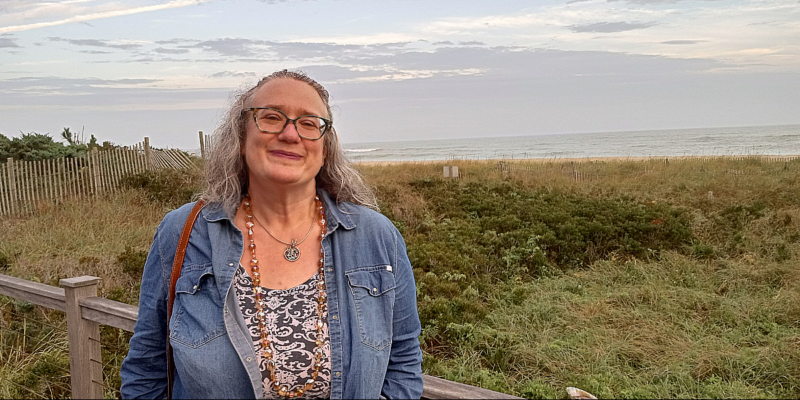By Joe Anuta
Flood insurance rates began increasing for some Queens business and homeowners at the beginning of October, but coastal communities believe the federal government has not looked hard enough to find a better solution to keeping its troubled insurance program above water.
Hurricane Sandy caused $18 billion in economic losses to New York City and wreaked havoc in Queens communities in the Rockaways and in other southern neighborhoods like Howard Beach, Broad Channel and Hamilton Beach.
A year after the storm, as some communities have spent months rebuilding, certain residents will now face a 25 percent annual increase in their premiums with the National Flood Insurance Program, which is run by the Federal Emergency Management Agency, until they reach a level that accurately reflects their risk for flooding. Other homeowners may see a 20 percent annual increase in their rates in 2014, although that price hike is not yet set in stone.
In early October, coastal communities from Queens gathered in Broad Channel to rally against the rising costs, which Dan Mundy Jr., president of the Broad Channel Civic Association, says are crippling homeowners in the borough.
“Every house, every business in the town was flooded,” he said in an interview. “At the meeting, there was extreme frustration with FEMA.”
Oct. 1 marked the 25 percent increase for anyone who owns a business in a flood zone, any person whose second home lies in the zone and anyone whose house has been repeatedly flooded. Mundy and others estimate in some cases insurance rates could increase from a little more than $2,000 a year to more than $12,000 — an increase of about 500 percent.
“It’s hopefully something that can be fixed, but we are concerned right now,” Mundy said, adding that the burden is too much to bear for many middle-class families who rely on their home’s value as their main asset.
The insurance rate increases came as a result of a federal bill, called the Biggert-Waters Flood Insurance Reform Act of 2012, which was designed to pull the program out of the red and make it solvent.
The nation’s flood insurance program was created in 1968 to offer coverage that many insurers in the private market would not take on. Homeowners living in flood zones — whether it be coastal or inland on the banks of a river or lake — are required to purchase flood insurance if they have a federally-backed mortgage.
According to Mundy, the program was solvent for decades until 2005, when Hurricane Katrina hit the country’s southern coast and cost the program $18 billion.
In the wake of the disaster, two lawmakers drafted legislation that would try and bring the program into the black.
U.S. Rep. Maxine Waters (D-Calif.) and former U.S. Rep. Judy Biggert (R-Ill.) penned the 2012 law in order to rein in the program’s debt by bringing premiums up.
But both have recently released statements indicating they never intended the rates to increase at such an alarming rate.
“I am outraged by the increased costs of flood insurance premiums that have resulted from the Biggert-Waters Act,” Waters said in a statement. “I certainly did not intend for these types of outrageous premiums to occur for any homeowner.”
Waters pledged to try and fight some of the steep increases, and she has company in Queens.
Rep. Gregory Meeks (D-Jamaica) wrote a bill with some colleagues that was designed to slow the rate at which the insurance premiums rose, though it thus far has not been successful.
“Not a day goes by that my office is not making a call to a bank or an insurance company on behalf of my constituents who were deeply affected by the storm. This premium relief bill will give some relief from the tremendous cost of rebuilding their lives,” Meeks said in a statement.
But Mundy said the federal government should be doing more than simply trying to slow down high rates.
For example, in the Biggert-Waters Act, a clause requires the National Academy of Sciences to complete a cost feasibility study to see how the rate increases will affect homeowners. The study would also explore ways to keep homeowners in the program, and was supposed to be completed this spring.
But FEMA told TimesLedger Newspapers in August that it would likely not be done for several years.
Mundy contends the lapse is typical of the treatment he and others have received in Queens and called on the government to reach a compromise that would allow the insurance program to make more money, but not at the cost of coastal communities.
“They played by the rules. Now you tell them overnight you are radically changing,” he said. “There are other options we can come to the table with.”
Reach reporter Joe Anuta by e-mail at januta@cnglocal.com or by phone at 718-260-4566.


































